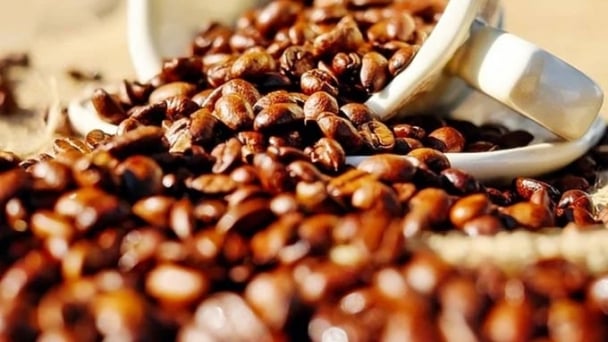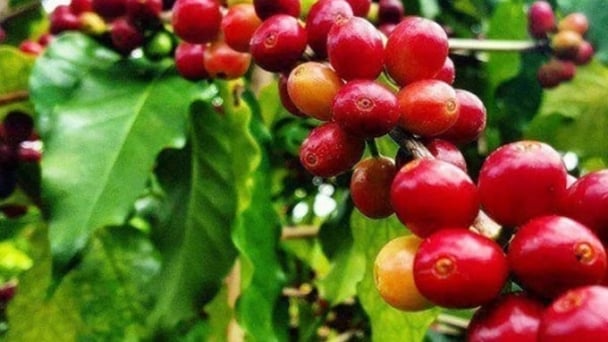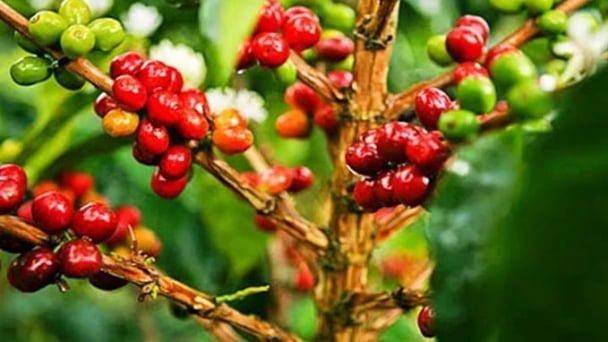June 22, 2025 | 21:39 GMT +7
June 22, 2025 | 21:39 GMT +7
Hotline: 0913.378.918
June 22, 2025 | 21:39 GMT +7
Hotline: 0913.378.918
From drought to freeze damage, weather troubles in Russia, the world’s top wheat-exporting country, are expected to dampen wheat production in 2024-25 with estimates ranging from 81.8 million tonnes to 86 million tonnes, depending on the source. But all agree that the crop will be down from last year’s 91 million tonnes.
In its latest World Agricultural Supply and Demand Estimate (WASDE), the US Department of Agriculture pegged wheat production at 83 million tonnes, not too far off the 81.8-million-tonne estimate by the International Grains Council and the 82.2 million tonnes recently estimated by IKAR.
On Sept. 19, SovEcon, a Black Sea research firm focused on grains and oilseeds markets, revised its forecast upwards to 82.9 million tonnes against the backdrop of high grain yields at the initial harvesting in the Asian part of the Russian Federation.
Along with wheat, Russia’s main food crops include barley, corn (maize), rye, oats, millet, buckwheat, rice and pulses. Cultivated land totals 88 million hectares, with 31,000 agricultural enterprises including 151,000 farmlands, according to the Food and Agriculture Organization (FAO).
Agriculture plays a vital role in the nation’s economy, the FAO said, contributing 25% to net production output, employment and capital investment.
Two years after its invasion, Russia continues to attack Ukraine’s agriculture resources and infrastructure. In September, Russia fired a missile that struck a Ukrainian vessel that was carrying wheat destined for Egypt.
Russia has continued its exports, reaching a record 60 million tonnes of grain (54 million tonnes of wheat) in 2023-24. This September, it exported 5.5 million tonnes of wheat, similar to the level seen in 2023-24, causing some to believe the nation will again export 60 million tonnes of grain this market year.
The Russian grain industry has experienced significant consolidation in the last two years as Western traders like Cargill, Viterra and Louis Dreyfus Co. stopped sourcing grain in Russia in July 2023. Local companies have expanded their presence and now account for more than 70% of Russian grain deliveries to foreign customers. This has allowed Russian authorities to maintain tight control over trade flows.
Russian officials seek to end free pricing on the global wheat market with creation of an inter-BRICS grain exchange, which some say would create a cartel, resembling OPEC.
The IGC said in September that Russia is more than halfway complete with wheat harvest and yields have surpassed the more pessimistic expectations but are still lower than last year. Planting was estimated at a five-year low, so it maintained its production estimate of 81.8 million tonnes.
The USDA’s forecast of 83 million tonnes of wheat includes 59 million tonnes of winter wheat and 24 million tonnes of spring wheat. Winter wheat primarily is grown in the European part of Russia, which saw unfavorable weather, including several early May frosts that damaged crops. Reports indicate that Lipetsk, Voronezh, Tambov, and Volgograd are among the most impacted areas, the USDA said.
In addition to the frost, the crop is further stressed by dryness that spread across most of European Russia. The persistent below-average precipitation left soil moisture reserves short, it said.
Spring wheat, which mainly is planted in the regions bordering Kazakhstan, saw a delay in planting with dryness in the west and above-average wetness in the east creating unfavorable conditions.
Corn production is estimated at 13.3 million tonnes, according to the USDA, down from 16.6 million tonnes last year. Yield per hectare is down 13% from last year while harvested area is up 4%.
Barley production is expected to drop 9% to 18.3 million tonnes in 2024-25, according to the USDA.
Total Russian oilseed production is estimated at about 30 million tonnes, including 16.5 million tonnes of sunflower seed, 7.8 million tonnes of soybeans and 5 million tonnes of rapeseed. While total production is in line with last year, sunflower seed production is down 4% from last year with lower yields but higher harvested area, according to the USDA.
The Russian Agriculture Ministry said on Sept. 23 that 78% of sown area had been harvested for total grain production so far of 105.9 million tonnes, including 77.7 million tonnes of wheat. The ministry maintained its total harvest estimate of 132 million tonnes, which is down from last year’s 145 million tonnes and the record 158 million tonnes produced in 2022.
The ministry is still calling for total grain exports of 60 million tonnes. China imported $17.9 million of Russian wheat in August, moving Russia from fifth to third (behind the United States and Canada) in leading suppliers to the nation.
Exports of Russian barley to China in the last eight months nearly quadrupled while at the same time, exports of corn more than tripled. Other key importers of Russian grain include Turkey, Iran and Egypt.
Russia is home to 280 large-scale flour mills, which have the capacity to produce more than 15 million tonnes of flour per year, primarily located in the Central, Volga, Southern, Ural, and Siberian federal districts. Production includes 13.5 million tonnes of wheat flour and 1.5 million tonnes of rye flour.
In 2022, Russia started exporting large volumes of flour, said Igor Sviridenko, president of the Russian Union of Flour Mills and Cereal Plants, in media reports. Exports increased 350% that year, he said.
In the first eight months of this year, Russia exported more than 830,000 tonnes of flour, up from 638,000 the same period a year ago, according to the agriculture ministry. Afghanistan was the main export destination, receiving 34.8% of the shipments. Other top buyers included China at 10% and Iraq at 9.2%.
Agroexport said Russian flour exports could reach 1.7 million tonnes by 2030.
(WG)

(VAN) Coffee prices on June 20, 2025, fluctuated, with Arabica plunging by 3%. Domestic coffee prices remained flat, trading at VND 103,000 – 103,500/kg.

(VAN) The vice president of fertilizer with Stone X Group says increasing tensions in the Middle East are impacting global nitrogen prices.

(VAN) Coffee prices on June 19, 2025 dropped globally. Domestic coffee prices dropped by as much as VND 2,300, plunging to around VND 107,100 - 107,700/kg.

(VAN) Coffee prices on June 18, 2025, declined globally, with Arabica losing about 2.3%. Domestic prices fell by VND 1,600, down to VND 109,400 – 110,000/kg.

(VAN) Japan will release another 200,000 metric tons of rice from its emergency stockpile to tackle a doubling of prices since last year, Agriculture Minister Shinjiro Koizumi said on Tuesday.

(VAN) Coffee prices on June 13 declined sharply for Arabica. Domestic coffee market in Vietnam dropped by VND 2,000, trading at VND 111,500 – 112,300/kg.

(VAN) Coffee prices on June 12, 2025, continued to fall. Domestically, coffee prices decreased by another VND 2,000, trading at VND 111,500 – 112,300/kg.